IDENTIFICATION OF CONTROL SYSTEMS
In 2016, the Laboratory merged Laboratory No. 35 (Production Automation Methods) and, in 2019, Laboratory No. 30.
The main area of the Laboratory’s research is modeling real objects, processes, and control systems based on real operation data (identification).
Fundamental results of the Laboratory contribute to a wide range of applications. Production processes have been a traditional application of the methods and algorithms developed at the Laboratory. The merger of the laboratories accelerated the development of new methods in this area.
 |
|
Naum S. Raibman, Founder and first Head of Laboratory No. 41 |
The Laboratory was founded in April 1968 by Dr. Sci. (Eng.), Prof. Naum S. Raibman. He was the initiator, creative organizer, and the first Head of the Laboratory.
In the global scientific community, N.S. Raibman became one of the pioneers establishing identification as an important independent branch of the general control theory.
Nowadays, Raibman’s research works are considered classical in identification theory. N.S. Raibman was a wonderful organizer who created a scientific school. When he passed away in 1981, the Laboratory had managed to gain scientific prestige in the Institute, USSR, and worldwide.
From the beginning, the Laboratory’s studies were innovative, combining theoretical results with engineering developments.
The Laboratory’s main theoretical achievements in the first decade include the following:
- Dispersion methods for identifying nonlinear objects;
- The theory of adaptive identification for time-varying systems and a minimax (game-theoretic) approach to identification;
- Identification and control methods and algorithms for closed loop control systems.
A first example of really operating systems effectively implementing the Feldbaum theory of dual control was an adaptive control system with an identifier (ASI) developed in the Laboratory. In 1976, the system for the Pervouralsk Pipe Plant was awarded the USSR State Prize. Valentin M. Chadeev (now Dr. Sci. (Eng.), Prof.) played an important role in that work.
Another brand of the Laboratory was research on reliability (information and hardware), redundancy, inventory control, and queuing, conducted by Cands. Sci. (Eng.) V.A. Lototsky and A.S. Mandel’.
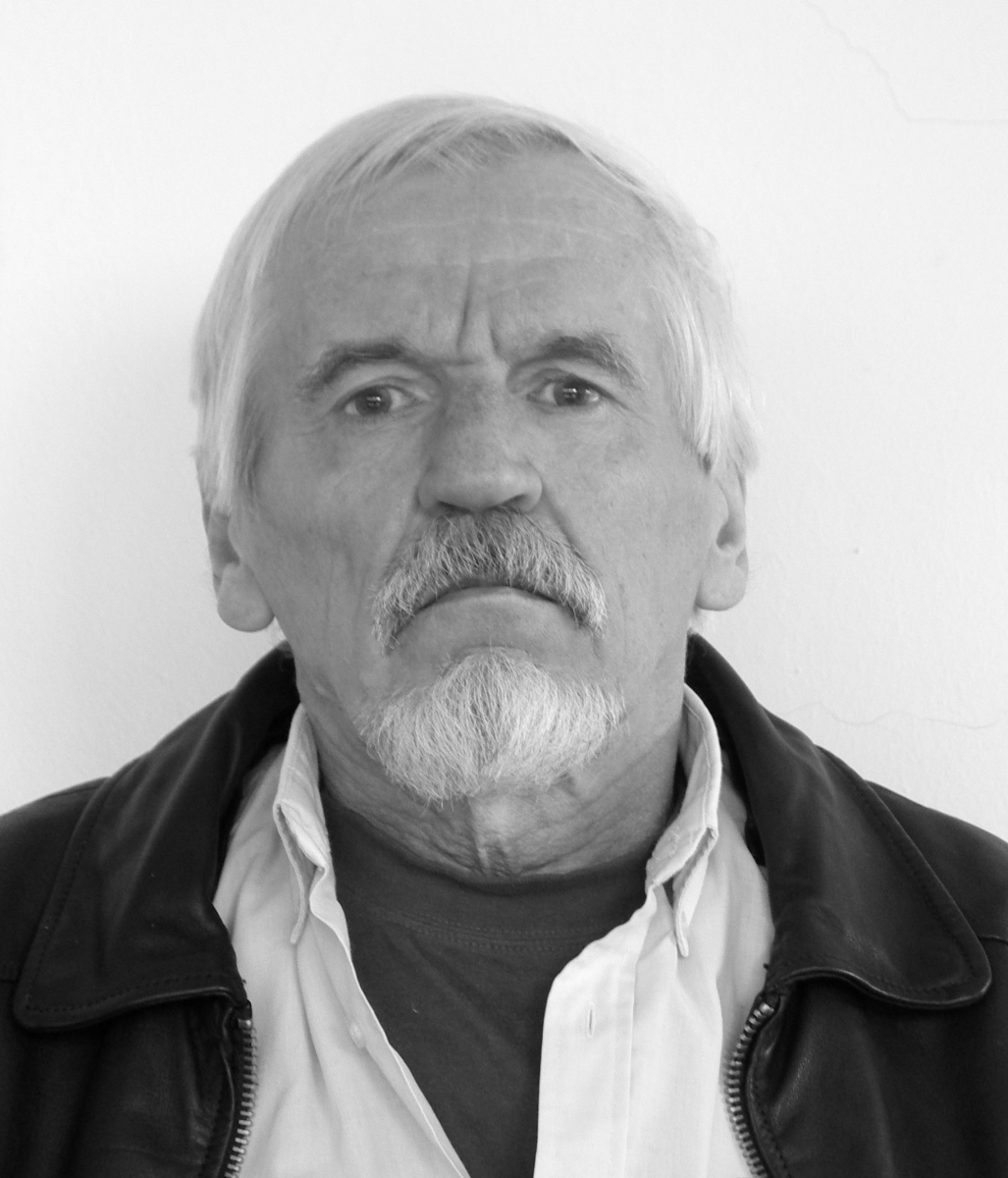 |
|
Vladimir A. Lototsky |
From April 1981 to 2006, the Laboratory was headed by Dr. Sci. (Eng.), Prof. Vladimir A. Lototsky, a world-renowned scientist, a many-year active figure in the International Federation of Automatic Control (IFAC), and an expert in identification and adaptive control, reliability, and inventory control. For many years, he also managed the Production Processes Control Section in the Academic Council of the Institute.
Since 2006, the Laboratory has been headed by Natalia N. Bakhtadze, Dr. Sci. (Eng.), Prof.
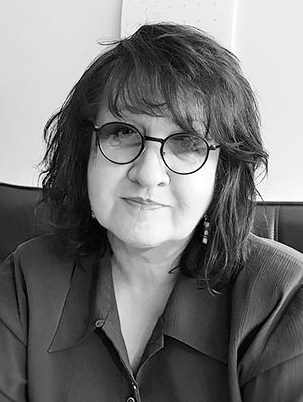 |
|
Natalia N. Bakhtadze, Head of Laboratory No. 41 |
Fundamental and applied research on identifying dynamic linear and nonlinear systems has been the core of the Laboratory’s scientific work. Methods were developed to design the main loop in linear systems with incomplete information on the statistical characteristics of external disturbances. Degenerate problems and degeneracy conditions were studied for linear-quadratic design problems for linear objects with time-invariant disturbances. Automated process control methods were developed by designing robust-optimal systems based on the identification approach to internal modeling of external disturbances. The Laboratory is actively developing methods to identify the local structure of stochastic identification models based on consistent dependence measures of random variables; methods to construct predictive virtual models of nonlinear time-varying systems based on wavelet analysis. Also, the Laboratory is studying the characteristics and information capabilities of structural identification algorithms; a new concept of software quality assessment by linking code quality characteristics, criteria, and metrics at the system level.
Today, with the expansion of information and control technologies in various spheres of human activity, control theory and methods have a clear trend of further convergence with artificial intelligence methods. This trend is manifested in the sphere of production (integrated control systems and different-level process control systems). The Laboratory is developing identification and simulation algorithms based on knowledge generated and updated in the course of data mining of real production processes. “Associative search” algorithms simulate online the decision process of the operator of a technological unit in real-time control systems. In addition, fuzzy modeling and fuzzy clustering methods were developed. The spectrum of a multi-scale wavelet decomposition was studied, and corresponding stability criteria for dynamic objects were proposed.
The Laboratory laid theoretical foundations for the identification analysis of an integrated information-control structure of production as an intelligent base using modern information technology with indirectly measured production indicators in a common information space.
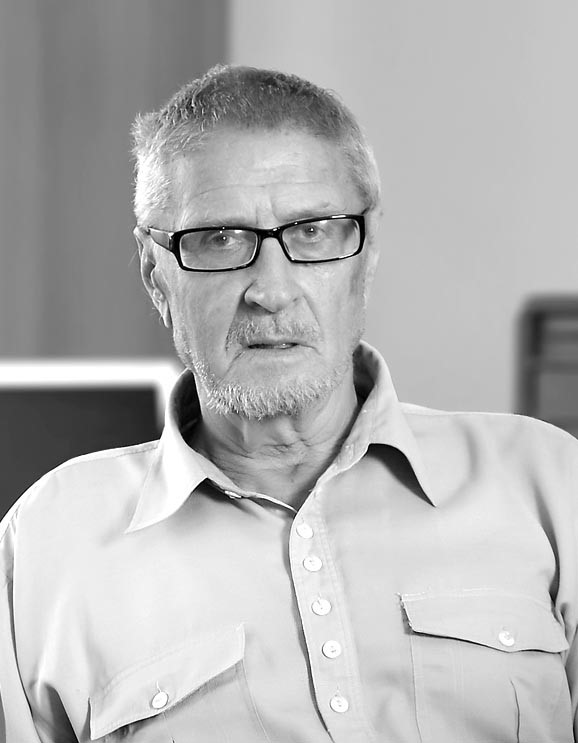 |
|
Valentin M. Chadeev |
The implementation scope of Laboratory’s theoretical results is expanding. For metallurgy, R & D results include energy-saving systems with intelligent methods and algorithms to control rolling and electric steel-making processes; for chemical, petrochemical, and other sectors, identification models of industrial processes. The Laboratory is developing simulation methods to design large-scale automated industrial complexes. In addition, the Laboratory is developing methods to manage the automation level of industrial processes, including efficiency assessment for the self-reproduction of industrial robots.
Intelligent algorithms for identifying nonlinear dynamic models of power facilities based on inductive learning were developed. A method for designing an intelligent dynamic assessment system for power systems based on multi-agent technologies was developed.
Computer-aided methods for managing the current commercial budget and prices of enterprises’ products using inventory control techniques were developed. Methods for developing product sales promotion programs using optimal planning models and algorithms of investment projects were created.
The Laboratory is developing methods for creating multi-agent information and control support systems based on predictive identification and simulation using computer-aided cloud simulation systems.
Dozens of information and analytical systems and decision-making systems were developed and implemented: an expert statistical system for the decision-making and marketing management of commercial companies based on adaptive and robust algorithms; a predictive models-based system for trading and stress testing management; a system for analyzing and optimizing the economic efficiency of flight routes, schedules, and load; a computer-aided distributed system to control and optimize the sales of tourist services of a tour operator. Predictive grain yield models with mineral fertilizers based on associative search algorithms were constructed. Methods for forecasting production resources and emergencies based on data mining were developed.
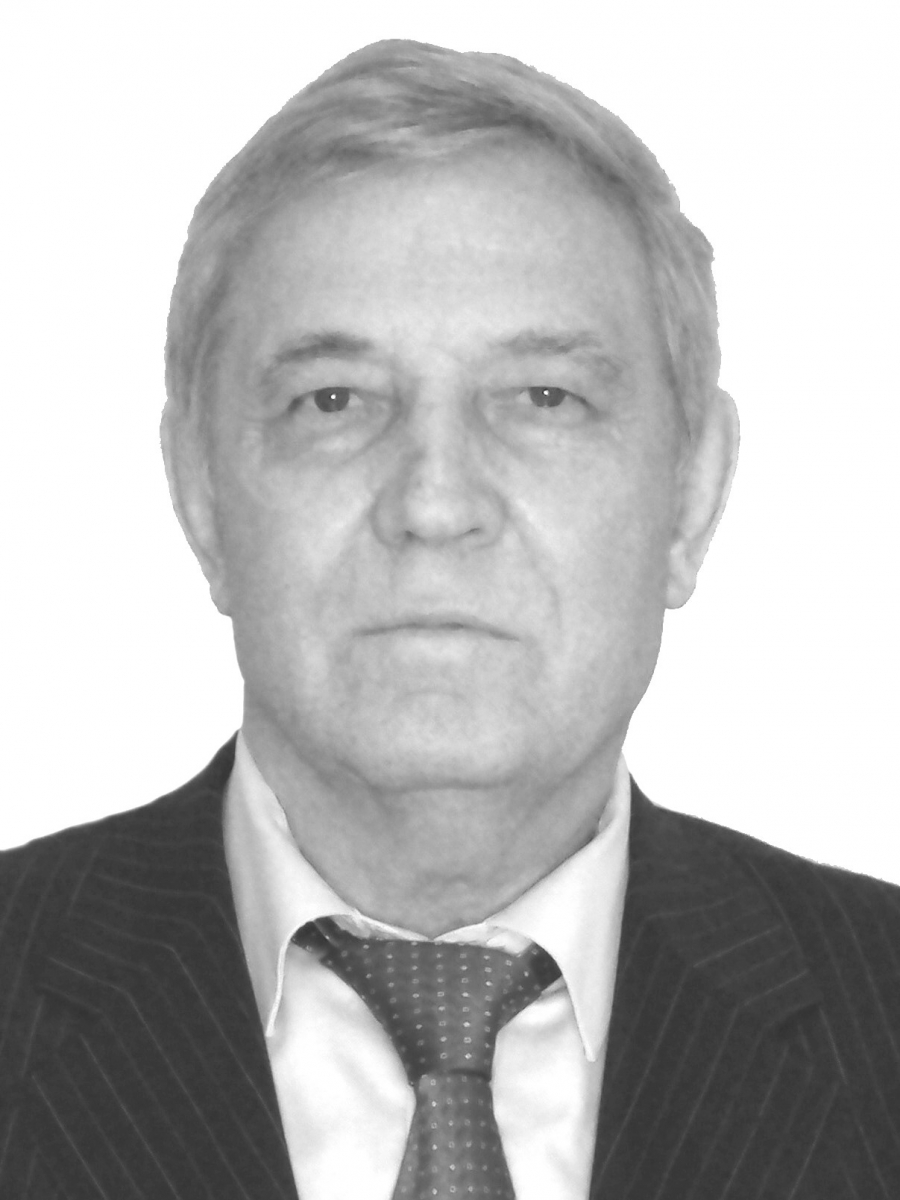 |
|
Zufar G. Salikhov |
Since 2013, a group of employees has been working in the Laboratory, led by Dr. Sci. (Eng.), Prof. Z.G. Salikhov. This group is developing and implementing projects on efficient self-organizing control systems with an identifier for technological complexes of metallurgical enterprises.
The group moved to the Laboratory from the former Laboratory No. 35. It continues research on production automation methods.
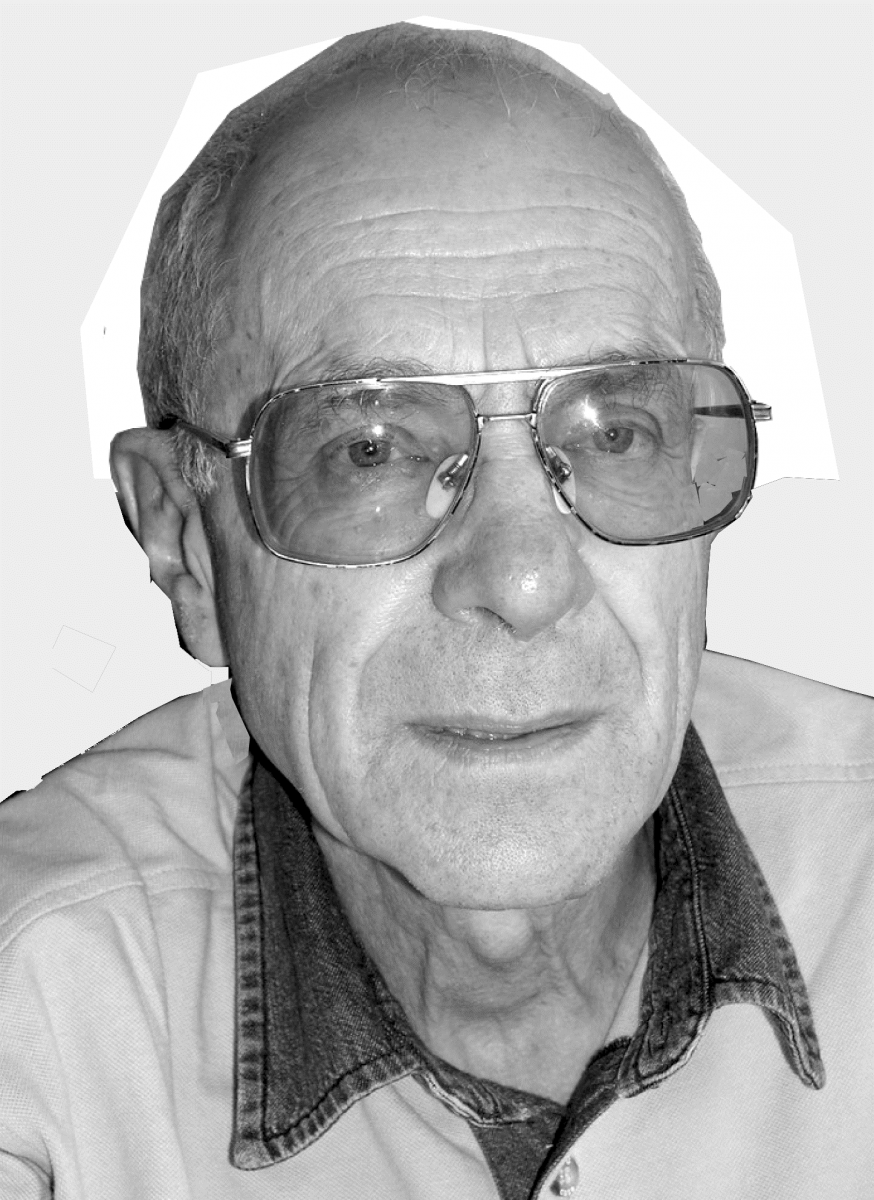 |
|
Emmanuil L. Itskovich |
Laboratory No. 35 was established on January 1, 1969, based on a group of employees from Laboratory No. 15, headed by Dmitry I. Ageikin, one of the country’s leading experts in instrumentation and automatic control systems, Prof., Dr. Sci. (Eng.), and a USSR State Prize laureate. That group worked under Emmanuil L. Itskovich (now Dr. Sci. (Eng.), Prof.), who became the head of the newly formed laboratory.
For many years, studies of Laboratory No. 35 were focused on automation problems. Nowadays, they are very topical and in demand for enterprises of various technological sectors. The main research results of Laboratory No. 35 include the following:
– Methods for examining the current level of production automation, the concept of rational development of automation systems, and specific technical requirements for next-generation automation systems and Manufacturing Execution Systems (MES);
– A conceptual methodology for improving the maintenance and repair system of fixed assets of enterprises in technological sectors;
– Rational scheduling algorithms for the planned and preventive maintenance of equipment and the quality tests of material flows in laboratories of enterprises based on scheduling theory;
– Methods and algorithms for the current estimation and forecasting of qualitative production indicators based on measured physical quantities of production and rare laboratory analyzes of qualitative indicators;
– Methodological and algorithmic foundations for creating a computer-aided decision-making technology based on the analysis of geological and mining-surveyor information at mining and processing enterprises exploiting open-pit deposits of solid mineral raw materials;
– Participation in developing integrated control system technologies for mobile objects and creating simulator systems for them;
– Scientific and methodological foundations for designing intelligent control systems for mining facilities (an international grant with the Vietnam Academy of Sciences);
– Control and accounting algorithms for technological production based on statistical analysis methods.
– Ways to improve the safe operation of mobile objects using new motion control approaches and intelligent decision-making systems.
The Laboratory’s production automation methods and algorithms were validated and implemented in practice. The related projects, implemented in recent years together with other organizations, include the following:
– Consulting on the design of all-level automation systems for an iron ore quarry and a mining and processing plant in Hà Tĩnh province, Vietnam;
– Analysis of the development strategy in process control systems and metrology at all enterprises of the TATNEFT group;
– Comparative analysis of suppliers in the automation of oil refining production at BASHNEFT plants;
– Examination of the existing process control, accounting, and management system at the Novokuibyshevsk oil refinery and creation of a development concept for it;
– Examination of the infrastructure and business processes of operational production management at the Kuibyshev oil refinery and specification of technical requirements for separate MES components;
– Pre-design examination for creating an automated monitoring and management system for energy resources and specification of technical requirements for the system at the Komsomolsk oil refinery;
– Pre-design examination and specification of technical requirements for an automated monitoring and management system for energy resources at the Angarsk polymer plant;
– Participation in creating and implementing a network simulation complex and software for studying next-generation motion control systems for underwater vehicles;
– Participation in developing a model complex of liquid-propellant rocket engines to prevent emergencies during fire and flight tests.
Over the past years, modern automated control systems for production facilities and their prospects were analyzed. The analytical survey was published in a monograph with the following sections:
– Description and comparison of hardware and software automation tools supplied by leading companies;
– Comparative analysis of different configurations for software and hardware complexes of distributed control systems;
– Analysis of rational methods to plan, design, and operate automated control systems;
– Survey of development trends in automated control systems and means;
– Next-generation algorithms for automatic control, accounting, and management of production facilities;
– Proposals and justification of organizational measures on the efficient operation of automated control systems at enterprises.
Necessary changes and extensions for the functions and structure of process control systems were justified to improve the existing systems and plan next-generation ones at the enterprises of technological sectors for the gradual, evolutionary development of all production units under digital enterprise requirements.
Methods and algorithms for developing laboratory information systems (LIMS) of technological enterprises were proposed. They increase the information content of discrete-time laboratory analyses for the qualitative indicators of production material flows, provide refined estimates for the current values of these indicators, and forecast their belonging to the ranges specified by the process engineer. For a sequence of analyses results, mathematical treatment algorithms with two software modules were formulated and validated on industrial objects. The modules include:
- a combination of statistical extrapolation and the moving average,
- specially selected checklists.
The increasing information content of LIMS using the proposed algorithms was shown on industrial objects.
Algorithms to analyze and forecast signals described by stationary and nonstationary time series were developed:
– Online and offline detection of violated relations between signals;
– Online detection of trend changes;
– Online signal filtering that minimizes edge effects and identifies trend changes with minimum delay.
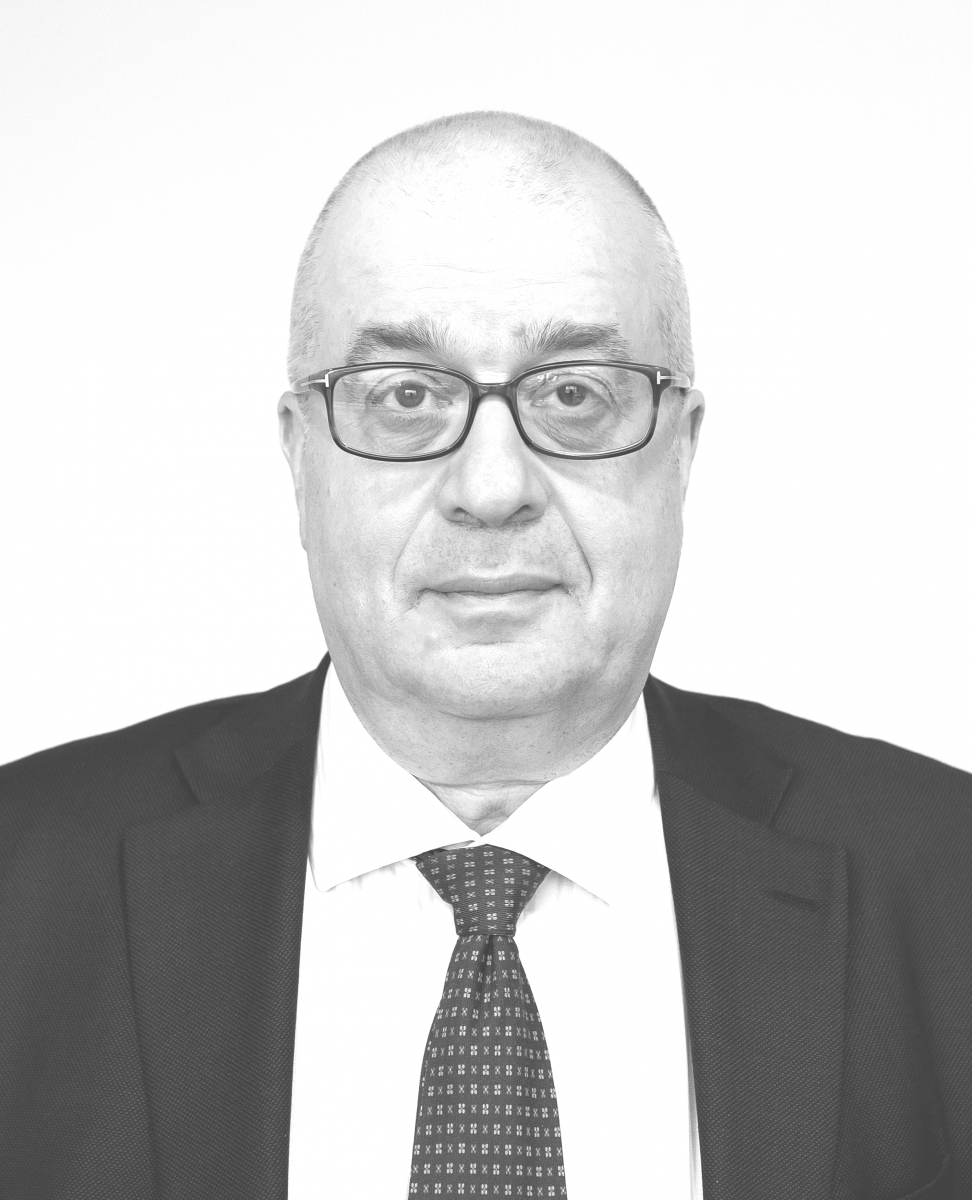 |
|
Leonid R. Sorkin |
In 2019, Laboratory No. 41 included Laboratory No. 30 (Operational Management and Planning of Fuel and Energy Enterprises), founded by Dr. Sci. (Eng.), Prof. Leonid R. Sorkin.
In the first twenty years, its staff included Drs. Sci. (Eng.) N.V. Shestakov, A.S. Khokhlov, A.V. Karibskii, V.M. Dozortsev, E.N. Khobotov, and Yu.V. Mitrishkin; Cands. Sci. (Eng.) Yu.M. Tsodikov, D.V. Kneller, Yu.R. Shishorin, and others.
Research of Laboratory No. 30 covered a wide range of problems:
• decision-making for continuous and discrete-continuous technological processes and production,
• automation of complex technological facilities,
• modeling and design of control systems and means,
• training of operators of complex technological facilities.
Within the main areas of research activities, important theoretical and applied results were obtained:
• A methodology for constructing real-time computer simulators to train chemical-technological production personnel based on modern mathematical modeling methods and interactive computing means;
• A unified approach to placement, processing, and supply of raw materials and products for integrated companies;
• A methodology for conducting and analyzing financial planning processes in integrated companies;
• A methodology for modeling and optimization of oil pipeline transport schemes;
• Optimization models for mixing gasoline, distillates, fuel oils, and oils considering the nonlinear mixing effects;
• A methodology, models, and methods for forming technologically and financially coordinated projects to develop fuel and energy complex enterprises.
The results were successfully implemented within large Russian and international projects in planning and managing the fuel and energy complex.
Laboratory No. 30 actively participated in organizing and conducting major international conferences in the field of research. Courses, including lectures and practice, were developed for senior students of Moscow Institute of Physics and Technology (MIPT) and the National University of Oil and Gas (Gubkin University). They are based on the Laboratory’s experience in automation of planning and management of fuel and energy enterprises.
Currently, employees of the Laboratory, including Drs. Sci. (Eng.) E.N. Khobotov and Yu.V. Mitrishkin, are an important point of growth in the cooperation between ICS RAS and Honeywell, MIPT, Moscow State University, and Gubkin University.
The research group led by E.N. Khobotov creates planning and job scheduling models (and methods) for mechanical engineering enterprises and equipment selection models (and methods) for production systems, sections, and enterprises of the mechanical engineering sector at the modernization and design stages.
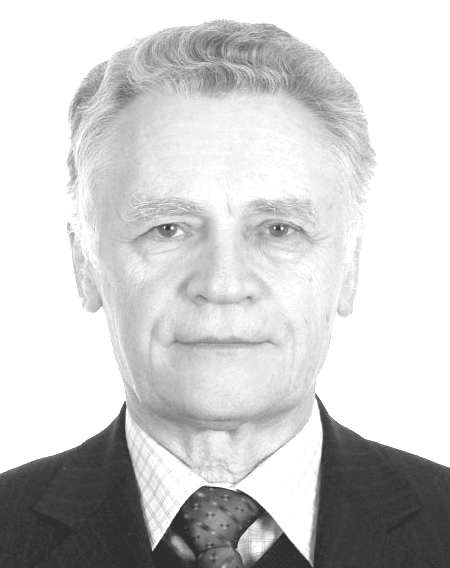 |
|
Yuri V. Mitrishkin |
Two kinetic plasma control problems for the ITER tokamak were solved under Yu.V. Mitrishkin. First, an adaptive isolated-channel control system for thermonuclear burning power was developed and simulated on the ASTRA code (National Research Center “Kurchatov Institute”). Second, a nonlinear system for controlling the current plasma profile was developed, considering the restrictions on the input effects of additional heating sources. The system was modeled on a kinetic plasma model containing the Grad–Shafranov equation and the plasma diffusion equation (State Research Center Troitsk Institute for Innovation and Fusion Research (TRINITI).
For the T-15 tokamak project, the problem of transferring the horizontal magnetic field winding was solved to control the unstable vertical position of the plasma from the location outside the toroidal field winding to the location between the vacuum chamber and the toroidal field winding. Due to the transfer, the plasma vertical position control system became internally stable: in the location, the horizontal field winding was not screened by other poloidal field windings. For the vertical plasma motion model of the T-15 tokamak, a modal system, a system with an LMI controller, and a predictive model system were designed and simulated. The purpose was to clarify the capabilities of such systems controlled by actuators (a multiphase thyristor rectifier and a voltage inverter on IGBT transistors). As was found, a power of 5–6 MW is required to suppress small disruptions.
A real-time simulation complex was developed using computers with the xPC Target OS (MathWorks). In the complex, Simulink block diagrams converted into C code are loaded from host PCs into the object and controller models connected through the feedback loop and implemented on real-time computers. The complex was used to simulate magnetic plasma control systems in the ITER and the T-15 tokamak in real time, showing the correctness of these plasma control systems using real-time simulation complexes.
Further research is associated with introducing digital plasma control systems into physical experimentation with the Globus-M2 spherical tokamak and transferring the experimental results to design an electromagnetic system and a digital plasma control system for a spherical tokamak module of a thermonuclear power plant.
For more than 50 years, the Laboratory’s staff has published hundreds of scientific papers, including more than 50 monographs (some translated into English and German), and received dozens of copyright certificates and patents.
Since the beginning of the 1970s, N.S. Raibman actively established scientific and friendly contacts with identification experts worldwide. This tradition is maintained and strengthened today.
In 2000–2015, Laboratory No. 41 organized 10 International Conferences on System Identification and Control Problems (SICPRO; see http://sicpro.org). The SICPRO conferences aimed to bring together scientists working in all branches of modern control theory for discussing a wide range of issues on the theory and methodology of identification, modeling and control, mathematical control theory, parametric and nonparametric identification, structural identification and expert analysis, data selection and analysis, control systems with an identifier, identification in intelligent systems, simulation procedures and software for identification and modeling, cognitive issues of identification, verification and problems of software quality for complex systems, global network resources to support identification, modeling, and control processes.
Since 2015, the traditions of SICPRO conferences have been implemented in a new format: System Identification for Manufacturing Control Applications (SIMCA), an annual invited track at symposia and congresses of the International Federation of Automatic Control (IFAC).
Employees of the Laboratory are regular participants in international scientific events and members of their program and organizing committees.
The Laboratory actively participated in the organization of two major IFAC events held by the Institute: the 13th IFAC Symposium on Information Control Problems in Manufacturing (INCOM’09, Moscow, 2009) and the IFAC Conference on Manufacturing Modelling, Management and Control (MIM’2013, St. Petersburg, 2013).
N.N. Bakhtadze has been working for eight years as a Vice-Chair of IFAC Technical Committee 5.2. Management and Control in Manufacturing and Logistics.
Employees of the Laboratory are members of the program committees of many international scientific conferences, the editorial boards of leading journals on control theory and applications, and dissertation councils. Employees of the Laboratory are active lecturers and chair the State Examination Board and the State Certification Commission of different universities.
Young employees and postgraduates maintain the traditions of the Laboratory, its benevolent climate and creative spirit.
